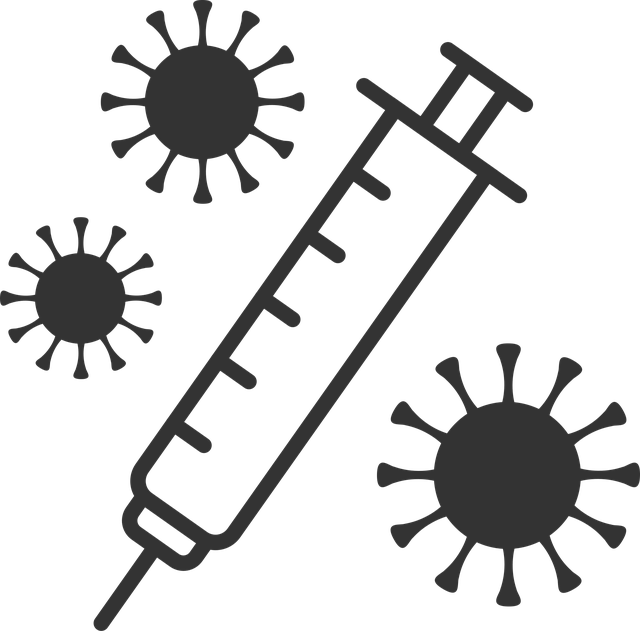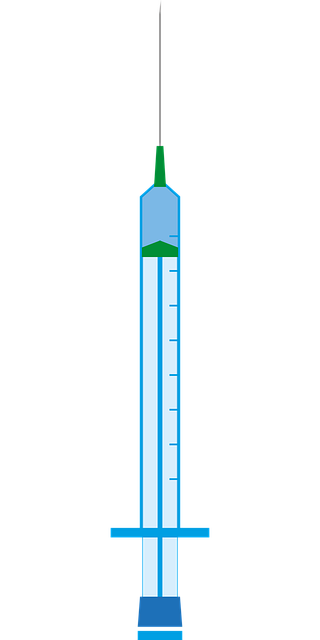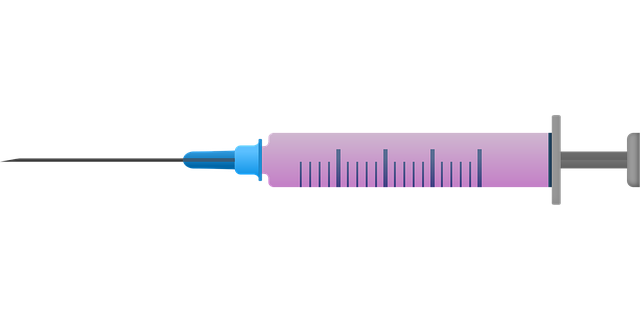Eagle ID Neural Therapy is a cutting-edge, holistic approach targeting neural stimulation to modulate the nervous system for chronic illnesses like autoimmune disorders and neurological conditions. By correcting imbalances linked to symptoms like fatigue, pain, and cognitive issues, this non-invasive therapy aims to enhance overall well-being and improve quality of life. Although individual responses vary and further research is needed, Eagle ID Neural Therapy shows promise as a revolutionary treatment option with growing popularity and proven success in case studies.
Chronic illnesses significantly impact daily lives, affecting millions globally. Understanding these conditions and exploring innovative treatments is crucial for improved well-being. This article delves into an emerging alternative therapy, Eagle ID Neural Therapy, offering hope for chronic illness management. We explore its mechanisms, potential benefits, and future prospects. By understanding this promising approach, individuals can make informed decisions regarding their health and consider novel paths to healing.
- Understanding Chronic Illnesses and Their Impact on Daily Life
- Introduction to Eagle ID Neural Therapy: A Promising Approach
- The Science Behind Eagle ID Neural Therapy
- Benefits, Considerations, and Future Prospects of This Alternative Treatment Method
Understanding Chronic Illnesses and Their Impact on Daily Life

Chronic illnesses, such as autoimmune disorders or long-term neurological conditions, significantly affect millions of people worldwide. These conditions can impact various systems in the body, leading to a range of symptoms that often persist for extended periods. The daily lives of individuals with chronic illnesses are frequently characterized by fatigue, pain, and reduced mobility, which may limit their ability to engage in everyday activities and maintain their independence.
Eagle ID Neural Therapy emerges as a promising alternative treatment approach. It involves targeted neural stimulation techniques to modulate the nervous system, potentially alleviating symptoms associated with chronic conditions. By focusing on the intricate connection between the brain and body, this therapy aims to restore balance and improve overall well-being, enhancing the quality of life for those living with chronic illnesses.
Introduction to Eagle ID Neural Therapy: A Promising Approach

Eagle ID Neural Therapy represents a groundbreaking and promising approach in the alternative treatment of chronic illnesses. This innovative therapy focuses on the intricate connection between the brain, nervous system, and various bodily functions, aiming to restore balance and optimize overall health. By targeting specific neural pathways, Eagle ID Neural Therapy seeks to address the root causes of chronic conditions, offering hope for improved quality of life for those suffering from long-term ailments.
This therapy involves a unique combination of advanced techniques, including biofeedback, sensory integration, and targeted neural stimulation. Through these methods, healthcare professionals can identify and correct imbalances in the nervous system, potentially reducing symptoms associated with chronic illnesses such as fatigue, pain, and cognitive impairments. With its growing popularity and successful case studies, Eagle ID Neural Therapy is emerging as a game-changer in holistic healthcare, providing patients with a promising alternative treatment option.
The Science Behind Eagle ID Neural Therapy

Eagle ID Neural Therapy is a groundbreaking approach that harnesses the power of the brain’s neural network to address chronic illnesses. This treatment taps into the brain’s natural communication system, aiming to restore balance and harmony within the complex neural tapestry. By targeting specific neural pathways, it seeks to correct imbalances that contribute to various health conditions.
The therapy involves precise stimulation of the brain, utilizing advanced technology to interact with neural circuits. This process allows for the modulation of neural activity, promoting positive changes in the body’s physiological responses. Research suggests that Eagle ID Neural Therapy can effectively modulate pain signals, improve immune function, and enhance overall well-being, offering a promising alternative treatment option for chronic illness management.
Benefits, Considerations, and Future Prospects of This Alternative Treatment Method

The benefits of Eagle ID Neural Therapy are multifaceted, offering a promising avenue for chronic illness management. This alternative treatment method has shown success in alleviating symptoms associated with various chronic conditions, providing relief where conventional therapies might fall short. By targeting the nervous system, it aims to restore balance and improve overall well-being. One of its key advantages is the non-invasive nature of the procedure, making it an appealing option for those seeking a safer, more gentle approach to healing.
When considering Eagle ID Neural Therapy, several factors come into play. The effectiveness of this treatment depends on individual responses, as each person’s nervous system is unique. Moreover, finding qualified practitioners skilled in this specific technique is essential for optimal results. While initial studies show positive outcomes, ongoing research is necessary to fully understand its long-term effects and potential. This alternative therapy has the prospect of transforming chronic illness management, opening doors to personalized, holistic care options.
Eagle ID Neural Therapy emerges as a promising alternative treatment for chronic illnesses, offering a unique approach that targets the root causes. By stimulating specific neural pathways, this therapy has shown potential benefits in improving quality of life and managing symptoms. While further research is needed to fully understand its capabilities, the initial findings suggest it could be a game-changer for those seeking relief from chronic conditions. As we continue to explore innovative treatments, Eagle ID Neural Therapy deserves attention as a potentially effective and non-invasive option.






